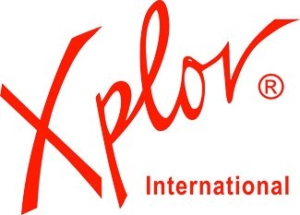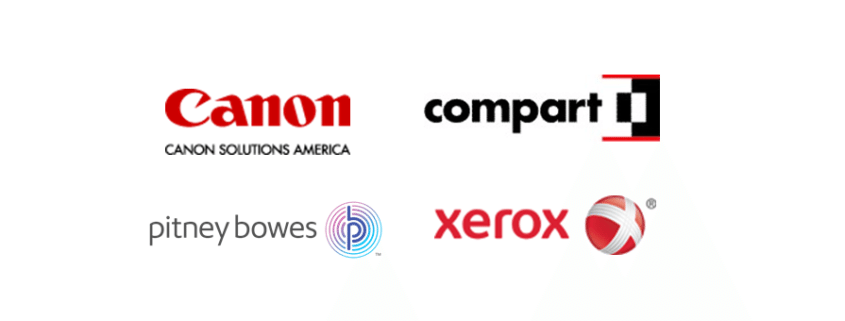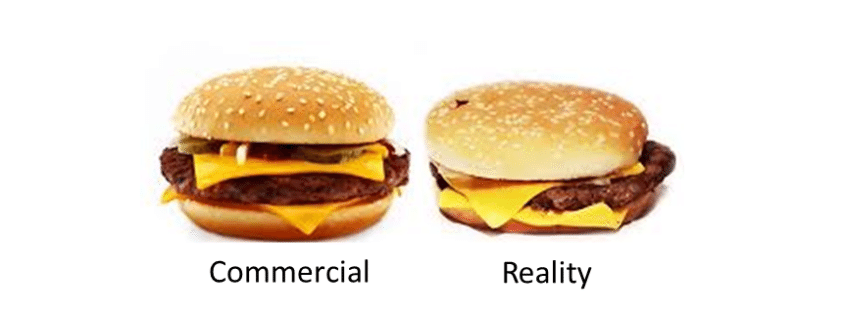Providing a more relevant customer experience
Submitted by Alexandra Truchot, Content Creation Specialist for Objectif Lune.
August 3, 2016
Do you dream of flexibility when communicating with your customers? Do you want to offer a better customer experience? Are your organization’s systems too inflexible, keeping you from using all the data you need to provide superior service to your customers?
More than ever, organizations are being asked to make dramatic changes to how they communicate with their end clients. There are many occasions for communicating with your customers: welcome messages, invoices, orders, confirmation of payment or invitations to evaluate the services.
Consumers have high expectations and demand personalized, relevant communications. They no longer want multi-page transactional records that do not take their uniqueness into account or highlight the relationship they have with you. Personally, I hate receiving useless paperwork. I don’t want to feel like just another number, and I will always choose a company that offers me service that looks like me.
This is a huge issue today. Organizations that do not make the effort to optimize customer communications are going to quickly lose their clientele to competitors that have been able to get onboard sooner.
So, to keep your customers, your communications have to be responsive. And to do that, you have to be able to quickly and easily modify the documents you send them, based on their purchasing history, geographic location, or marketing campaigns in progress.
In addition to wanting to satisfy your customers, you have to fulfill numerous legal requirements related to transactional records. You have to add specific phrases to comply with a new law or modify certain segments of the invoice in accordance with more stringent laws in a country where you have a subsidiary. In these cases, you have to know how to respond quickly to comply and you really have no choice.
So what to do?
Take back control of your templates by modifying them in a tool specifically intended for document design. The design tool should give you access to advanced functions for personalizing your documents and give you greater flexibility when you want to modify them.
But obviously, you don’t want to get rid of the old templates created using your ERP system and start completely from scratch.
There are now business document composition tools that go beyond mere design. Getting a tool that functions like a middleware system and regenerates the old templates into something more dynamic and modern, will give you greater flexibility. You will not lose your old templates – you’ll improve them. You’ll make them relevant, customizable and interactive.
In addition, you will be able to take advantage of them to move to multi-source communications. A good tool will enable you to easily send your documents using various means. But to smoothly make the switch to digital, you can refer to my advice in my previous note.
 Alexandra Truchot – Content creation specialist with Objectif Lune. Writer and compulsive reader. Eager for unknown destinations and exciting encounters. Anything is possible, you just have to believe it. Connect with her on LinkedIn.
Alexandra Truchot – Content creation specialist with Objectif Lune. Writer and compulsive reader. Eager for unknown destinations and exciting encounters. Anything is possible, you just have to believe it. Connect with her on LinkedIn.
Objectif Lune has 20 years of experience developing Customer Communications Management solutions. Our solutions bridge the gap between systems and automate more personalized, relevant, multichannel customer communications. Learn more at: www.objectiflune.com.




 Last week, I had a Big Mac craving and ventured to McDonald’s to order myself a Big Mac and fries. (Don’t judge me, I know the Big Mac is 560 calories and fries add an additional 368 calories; this isn’t the point) The “customer experience” was going along well, I did not have to wait long, the order appeared correct and I saw the fries come out the fryer, so they were nice and hot. I was good to go. I sat down to eat and opened my Big Mac finding BOTH patties were hanging halfway off the bun. Not sure exactly why it crossed me but it did.
Last week, I had a Big Mac craving and ventured to McDonald’s to order myself a Big Mac and fries. (Don’t judge me, I know the Big Mac is 560 calories and fries add an additional 368 calories; this isn’t the point) The “customer experience” was going along well, I did not have to wait long, the order appeared correct and I saw the fries come out the fryer, so they were nice and hot. I was good to go. I sat down to eat and opened my Big Mac finding BOTH patties were hanging halfway off the bun. Not sure exactly why it crossed me but it did.
